WILLIAM ACHEFF
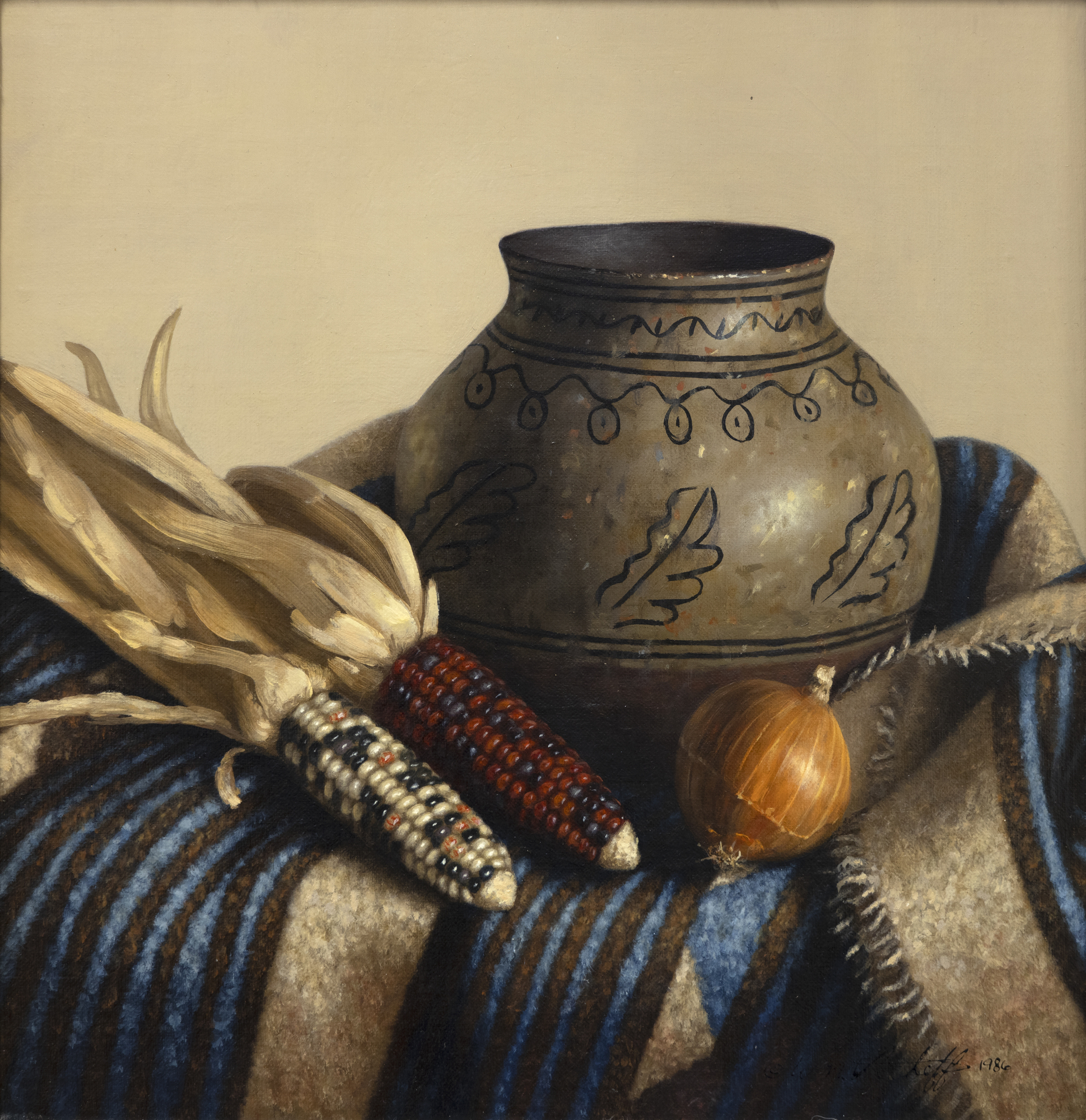
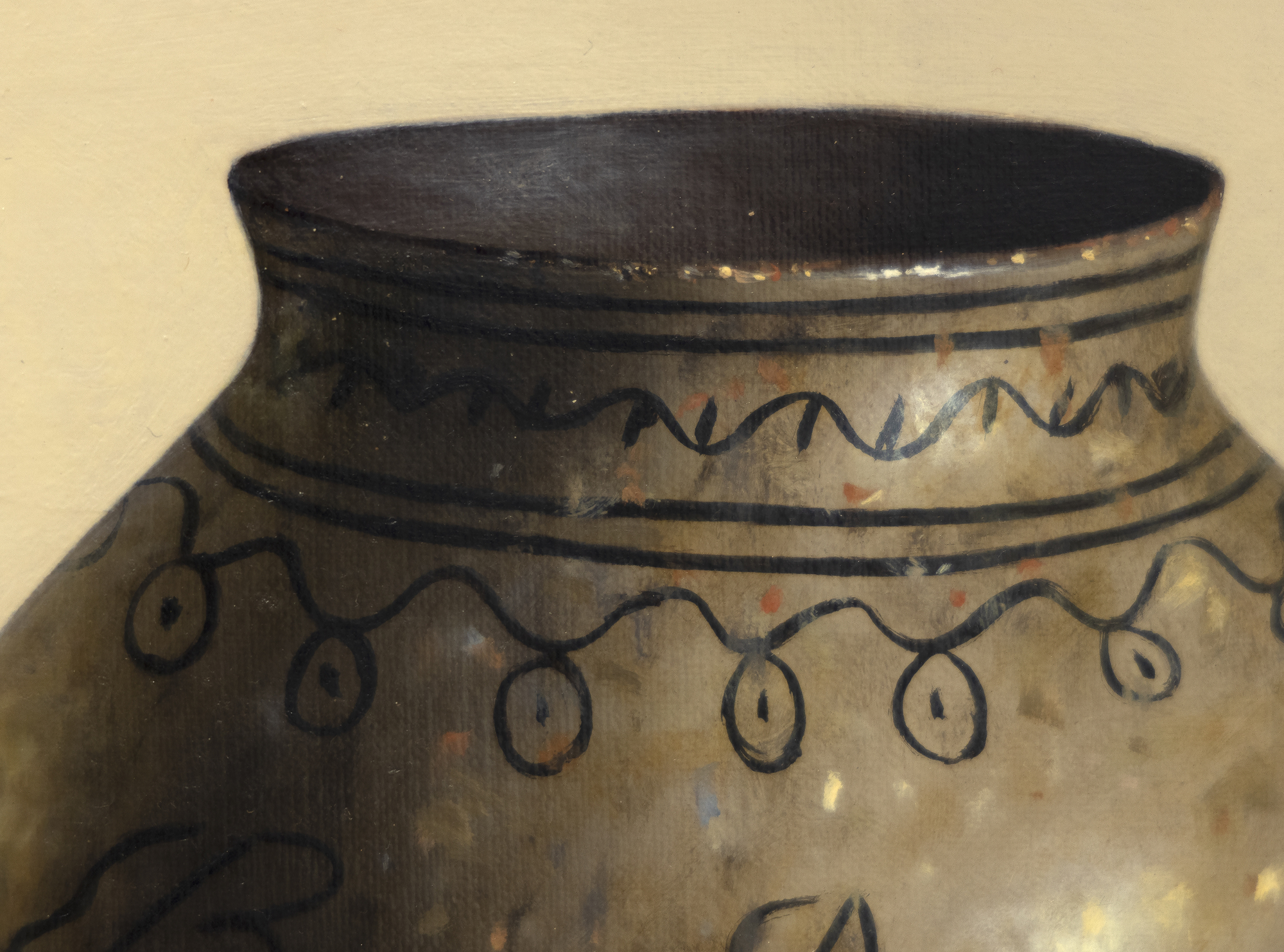
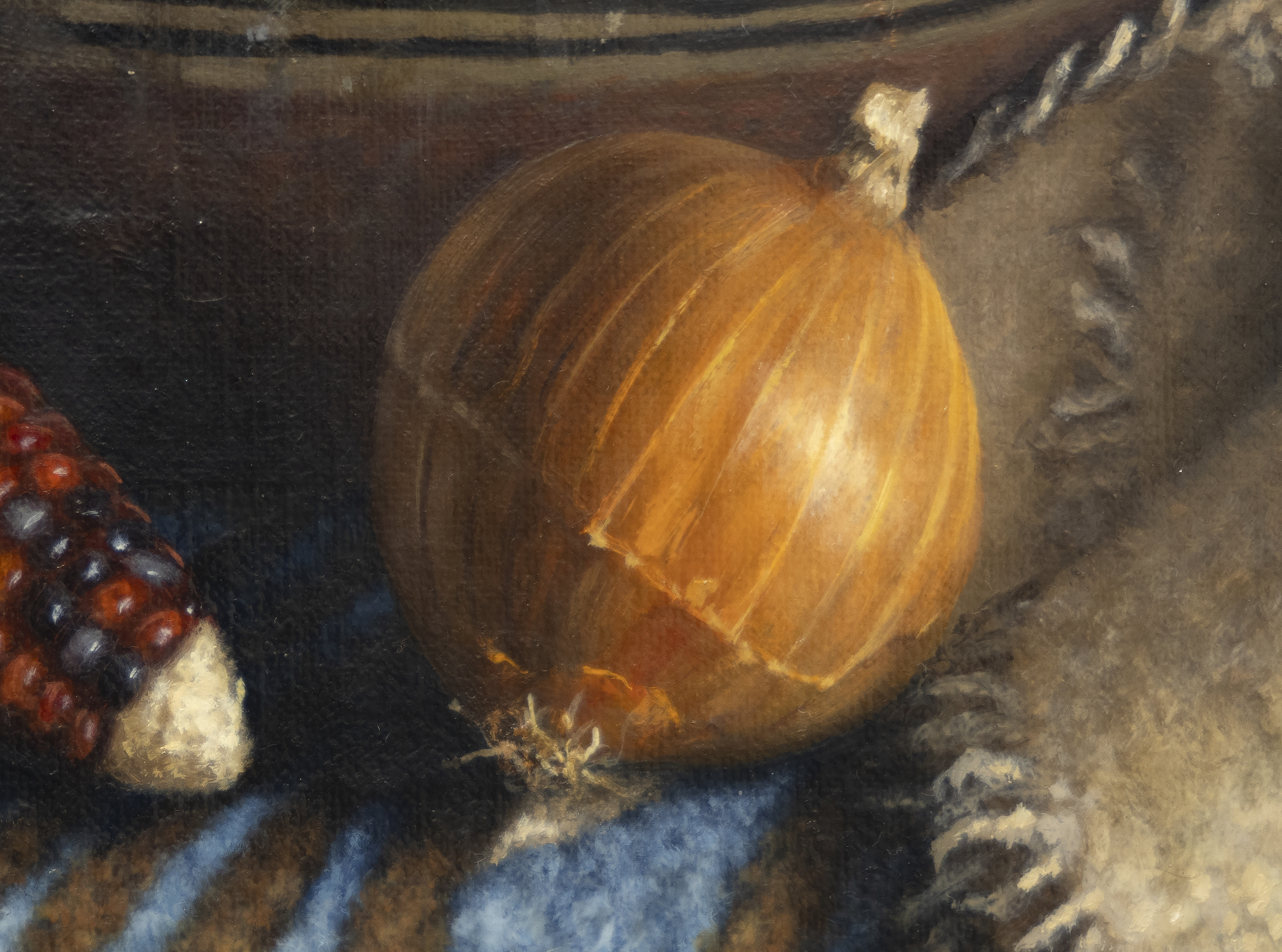
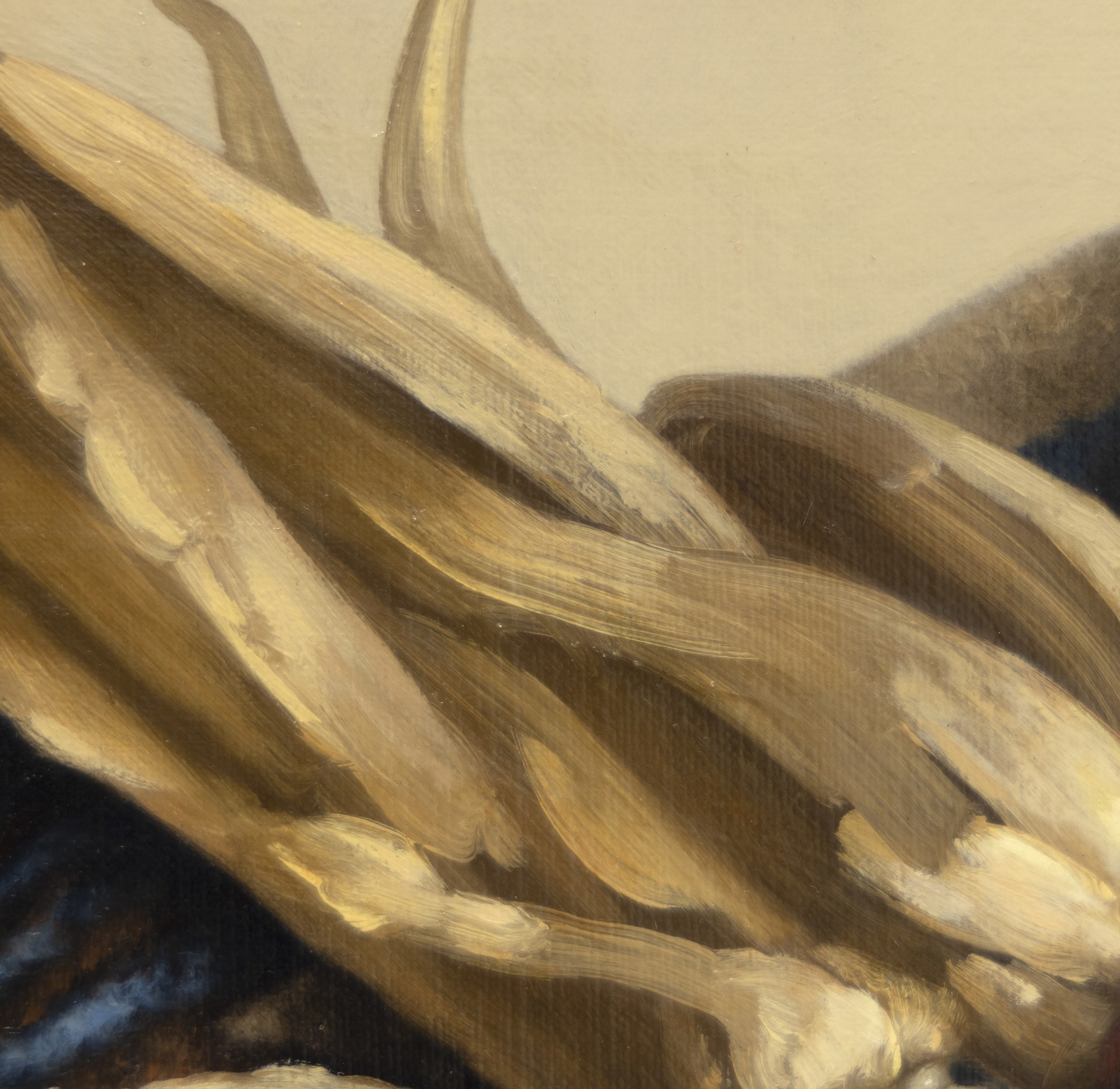
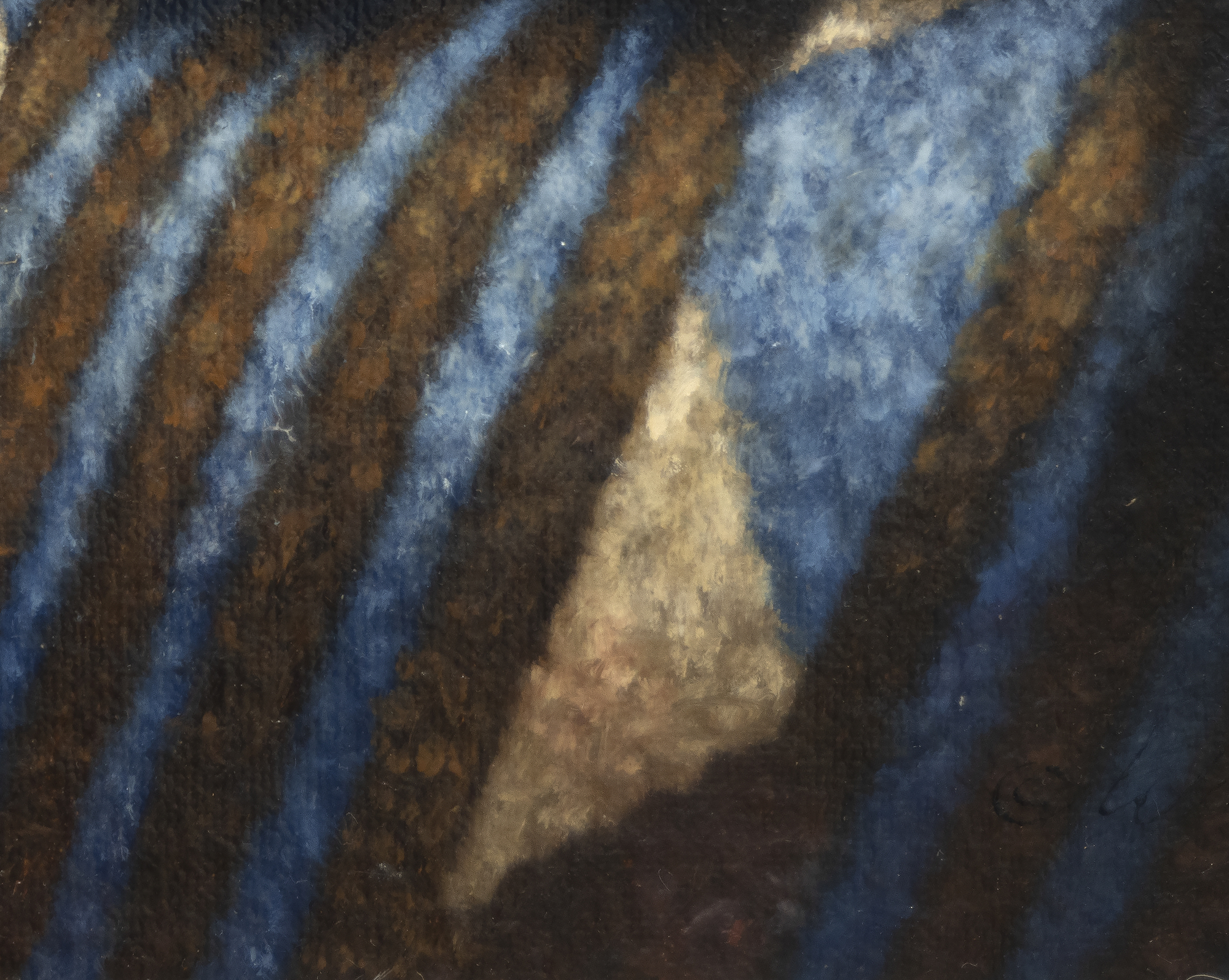
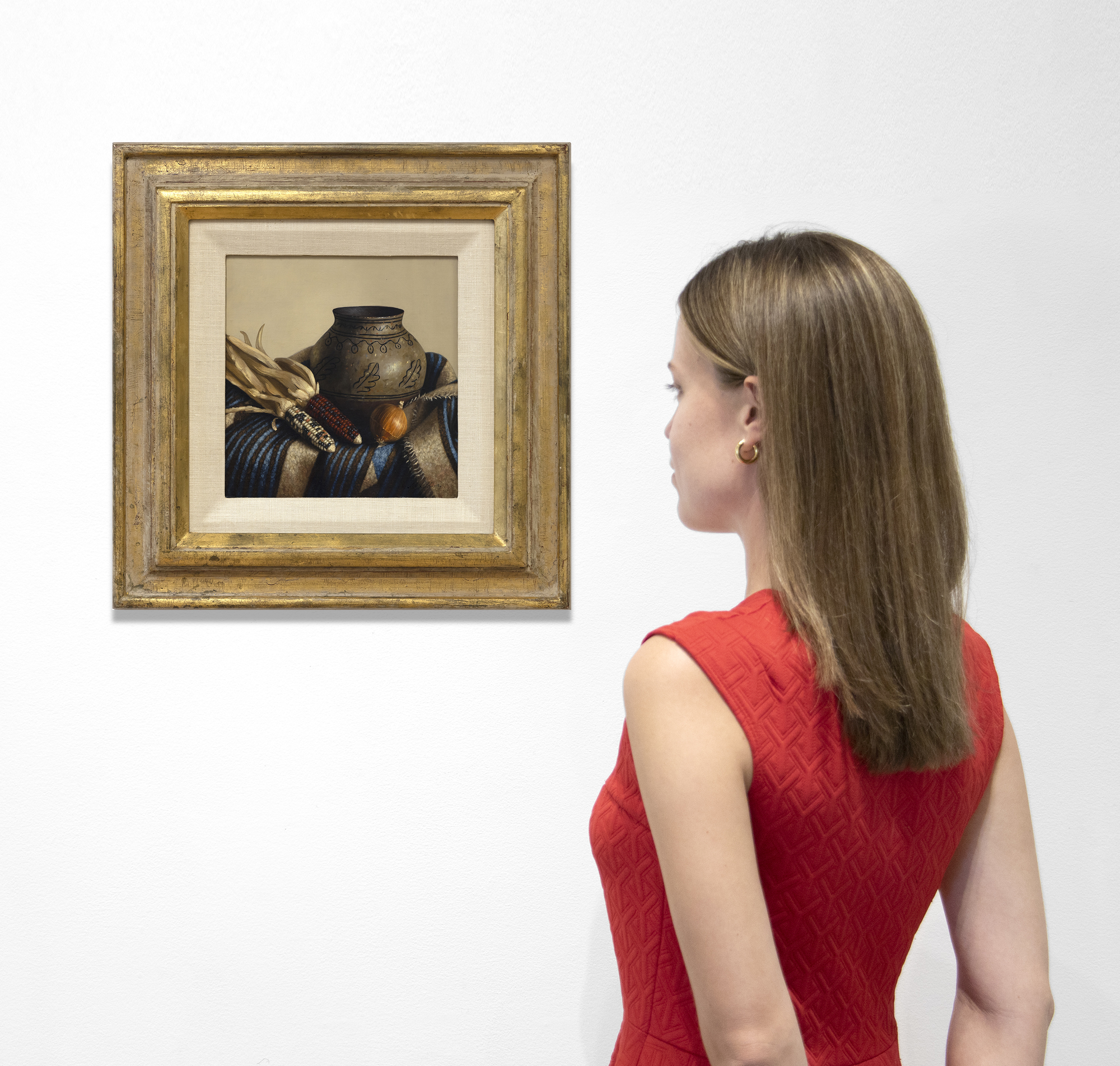
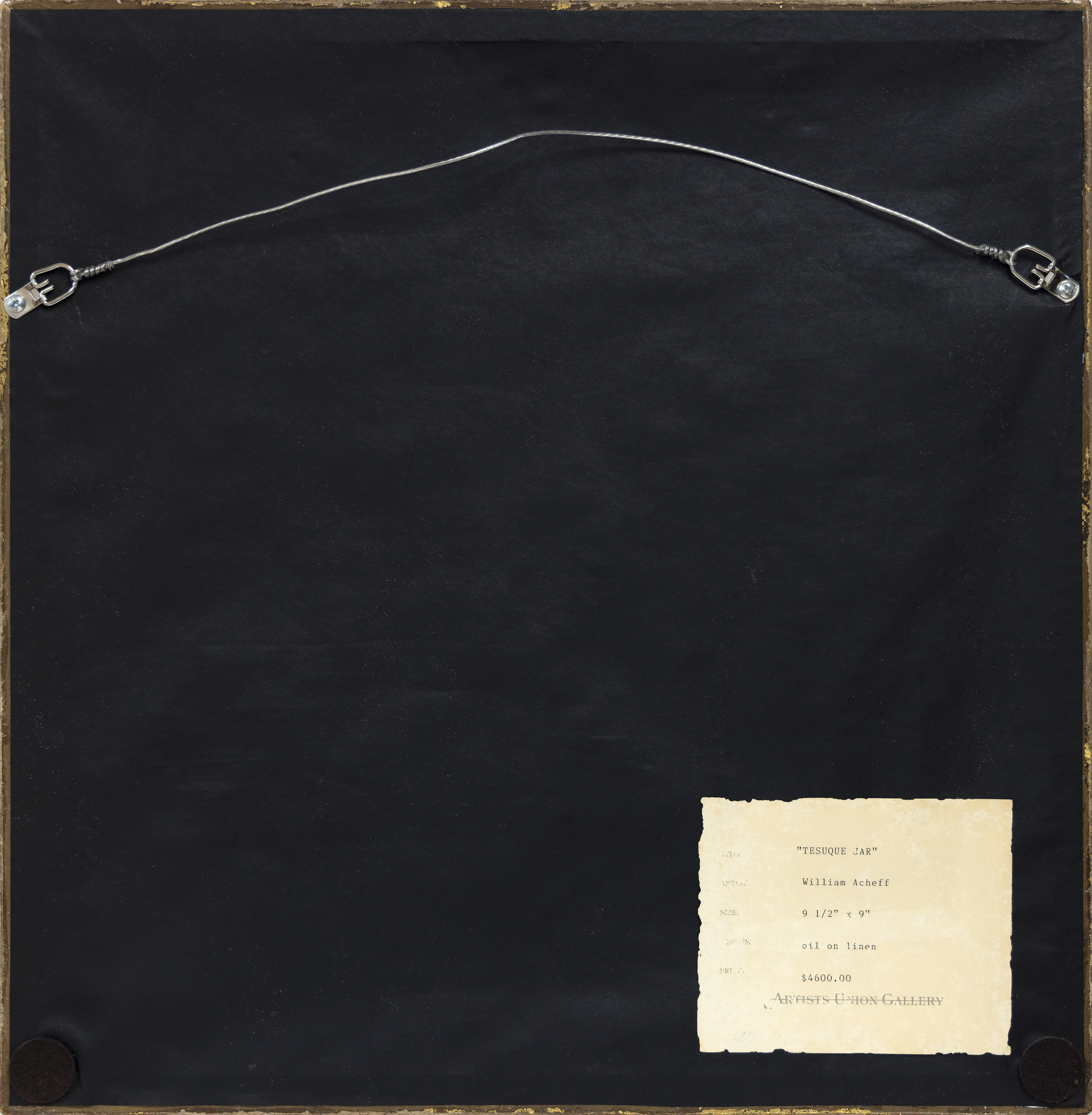
Provenienz
Private SammlungDer 1947 in Anchorage, Alaska, geborene Acheff hat georgische, russische, schottische, holländische und alaskanisch-ethabaskische Wurzeln. Nach einer klassischen Ausbildung in San Francisco zog er 1973 nach Taos und malt weiterhin auf diese weithin anerkannte, unverwechselbare Weise, wobei er oft Artefakte und Traditionen der Vergangenheit mit zeitgenössischen Gegenständen und Schauplätzen vermischt.
Tesque Jar zeigt ein Tongefäß (Olla) aus dem Pueblo von Tesuque, Tesugeh Owingeh ("Dorf an der engen Stelle der Pappelbäume"), das im nördlichen New Mexico liegt. Die Heimat ihrer Vorfahren erstreckt sich über das gesamte Gebiet von O'gah Po'oge (Santa Fe), und die Töpferwaren, die größtenteils aus dem späten neunzehnten und frühen zwanzigsten Jahrhundert stammen, sind bei Sammlern sehr begehrt.


